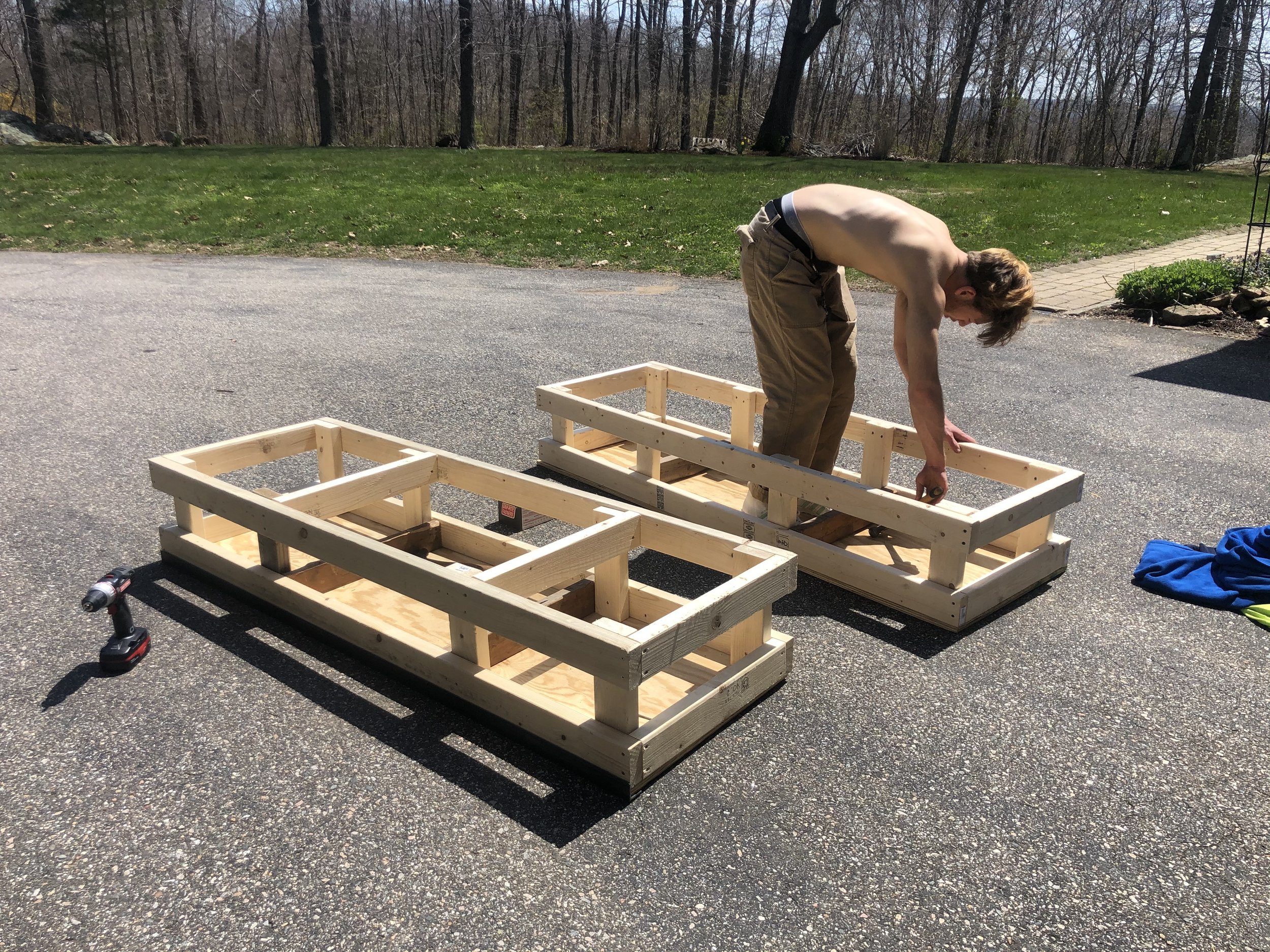The Life of A Tompkins Obstacle
For more than three-decades, the 34,000 sq ft blacktop at the Northwest corner of Tompkins Square Park has been the beating heart of street skating in New York. “TF” (Training Facility), as it is called by its patrons is where skaters make friends, chat about t-shirts, and perfect their techniques before testing them at the latest street spot.
Quartersnacks describes what you find at TF as:
“Flatground, conversation and an array of the city’s discarded junk floating through.”
After many years of enjoying the TF obstacles made by others, I’ve been called by the spirit of BOUNTY and taken to offsetting my consumption by creating simple wooden boxes and dropping them off at TF.
Today BOUNTY ARCHIVE takes a look at the life of one of these boxes from Home Depot to landfill.
When designing an obstacle for Tompkins, one should consider that it will be tested daily by the full momentum and body weight of several dozen skaters.
Additionally, it may be:
Used as human shelter during inclement weather, or maybe just for a nap on a sunny day
Peed on by the neighborhood’s toughest (and smallest) dogs
Laden with dollar pizza/White Claw cocktail throw-up
Covered with spray tags, paint pen, and cannabis delivery service stickers
Set on fire
To this end, one must make every effort to build it sturdily. The same ramp that would last decades in a suburban driveway would be quickly reduced to a pile of splinters at TF.
The Life of a Ledge at Tompkins
Origin: Historically, most obstacles that have made their way to TF were not designed to be skated. Ironically, these objects are the most enduring. Street-signs, steel mailboxes, aluminum barriers, and a family tree of traffic cones are perennial mainstays. This mix of street garbage is usually seasoned with “proper” skate-ready obstacles. While some are delivered by skateshops and generous locals from the back of vans, others arrive in pieces from Uber XLs and are assembled on site by drill-wielding philanthropists.
Establishment: When something new and exciting arrives, it isn’t long before word gets around. Those who don’t have the privilege of strolling by each day will surely see clips on IG of the new feature and come to check it out.
Peak: By now, several weeks or months have passed. The obstacle is well-seasoned and skaters can expect it to perform all day long.
Disembodiment: Eventually, there is a critical failure. Unrelenting wear and tear will result in a structural blowout, leaving the obstacle unskatable (or at least as it was originally intended). This is a good opportunity to refine your design and reflect on its weak points.
Second Life?: Nothing at TF is truly dead until it is gone. Either from necessity or creative genius, resourceful downtown skaters have shown a flair for bringing a ruined feature back from the dead. From the ashes of forgotten scraps, a new Frankenramp or in extreme circumstances, "Galaxy Brain Spot” is born.
Disappearance: One day you return to Tompkins to find that the remains of your favorite obstacle have been removed.
Even though for weeks it sat beaten to a pulp with rusty nails protruding, today you distinctly notice its absence.
While you stretch your legs, you take inventory of what remains. At least there are the traffic cones.








